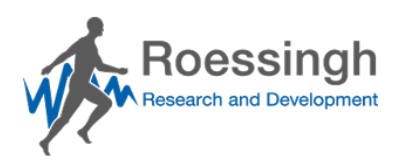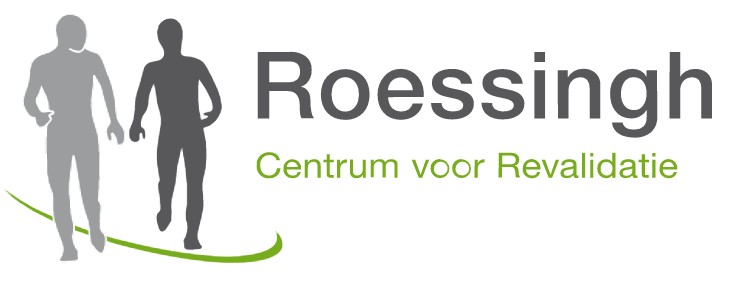







The ‘SoCial
rOboTs to support rehabilitation Training and improve healthcare deliverY
’, SCOTTY project is a collaboration between Roessingh Research and Development
(NL), BlueCompanion (FR) and Roessingh, centre of rehabilitation (NL).
Next to the
cross-border collaboration between SMEs in France and the Netherlands, the
SCOTTY Technology Transfer Experiment (TTE) will stimulate the transfer of
technology from the gaming or entertainment industry to the healthcare domain
and solve the question: “How can social robots contribute to the training,
monitoring and socializing of hospitalized patients in a rehabilitation
centre?”.
To overcome implementation hurdles the SCOTTY TTE will also work
towards novel value propositions, business models and exploitation plans for
durable implementation of social robots within rehabilitation care.
For further
information about the SCOTTY TTE please contact project coordinator Stephanie
Jansen – Kosterink (This email address is being protected from spambots. You need JavaScript enabled to view it.).
The SCOTTY TTE website is actually working progress.
Roessingh
Research and Development (Netherlands)
https://www.rrd.nl/
Roessingh
Research and Development (RRD) is a research and development SME in the area of
rehabilitation technology and telemedicine. The mission of RRD is to carry out
scientific research and contribute to its commercialization and implementation
in clinical practice. The rationale of RRD is to develop innovations in a
multidisciplinary team and in close collaboration with all stakeholders
(patients, informal and formal caregivers, academia, health care organizations
and industry).
Roessingh,
centre of rehabilitation (Netherlands)
https://www.roessingh.nl/
Roessingh,
centre of rehabilitation (RCR) is
specialized in rehabilitation treatment and care. RCR has treatment
programs for all kinds of diagnosis groups. Both adults and children can
receive inpatient and outpatient treatment at RCR. The largest group of
rehabilitators at RCR has got a diagnosis of CVA (stroke) and the highest
attention is given to the rehabilitation
treatments for pain, high spinal cord injury and the clinical rehabilitation
for children.
BlueCompanion (France)
https://www.bluecompanion.eu /
BLUE stands for “Best e-heaLthUsEr”
A best e-health
user will be any person taking benefit from enhanced awareness and control of
her/his own biological and clinical data, recorded manually or via connected
devices through lifetime.
Each day, a
large amount and variety of biological and clinical data are generated but only
few are captured or recorded and even less are effectively used to meaningfully
monitoring and improving personal/public health.
BlueCompanion
conveys the concept of empowerment: the individual taking better control and
responsibility of her/his health through digitally enabled routines.
If current
healthcare organization of Western countries assigns limited capacity to
individuals, available and incoming digital technologies greatly modify the
terms of the equation regulating the interplay of responsibilities in medical
decisions. Physicians traditionally bear the highest responsibility for diagnosis
and treatment, regulators (defining the appropriate/allowed use of
pharmacological treatments and medical devices in given indications), payers
(e.g. social security or insurances, the ones actually weighing the most in
limiting therapeutic options based of pharma-economic assessment ), all play a
key role in determining the therapeutic options, while patients/at-risk
citizens are at the best “informed” about regulated medical options, and play a
relatively limited role in influencing/control major decisions ahead concerning
their own health.
The respective
responsibilities among the stakeholders may vary across cultures and depend on
national healthcare organizations. What would be a good proportion between stakeholders in taking such
decisions? That will bring into a complex bioethical debate, for which we may
remind to many published papers.
On practical
grounds and thanks to the internet, the smartphones, the connected devices, the
social websites etc., we assist to a mounting curiosity, interest and willingness
of common citizens to capture, monitor and use biological and clinical data for
influencing the type and intensity of medical interventions and this is de
facto the objective start of patient empowering.
Several
structural obstacles limit and even make unsuccessful this strong trend, like
payers enforced reimbursement grids; patients’ low medical literacy with
respect to required clinical reasoning standards, or impossible dialogue among
healthcare many actors.
Bluecompanion
would like to enable this dialogue, facilitate appropriate and effective use of
health-related data at the level of individuals, and catalyse structural
actions for facilitating/enabling a responsible and balanced patient’s
empowerment versus traditional stakeholders.
created with
Joomla Editor .